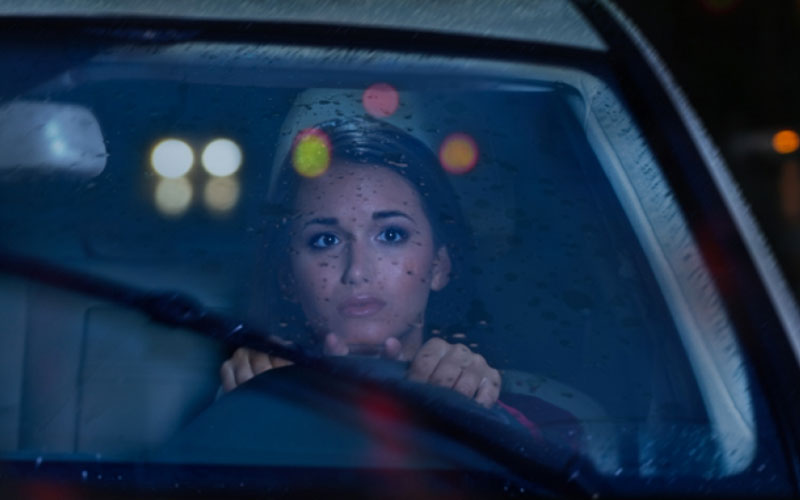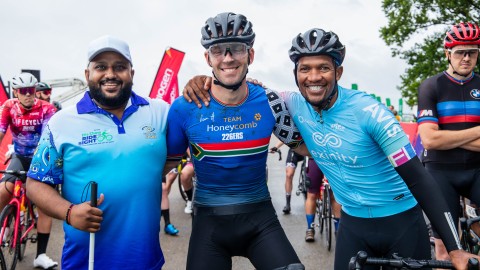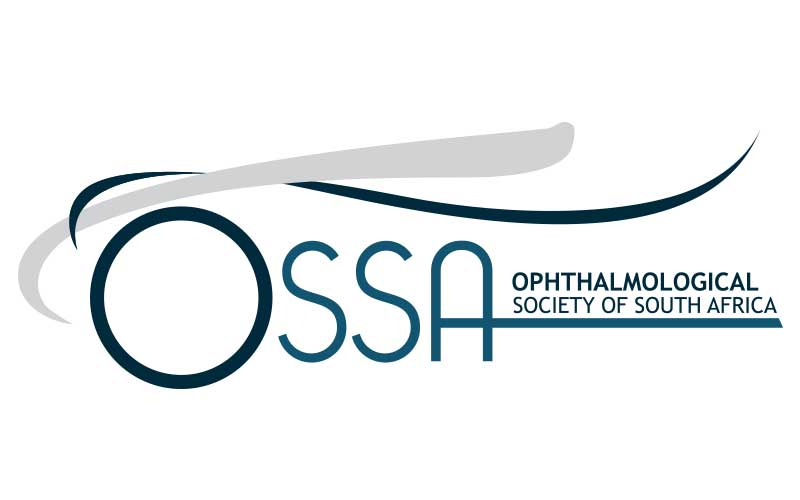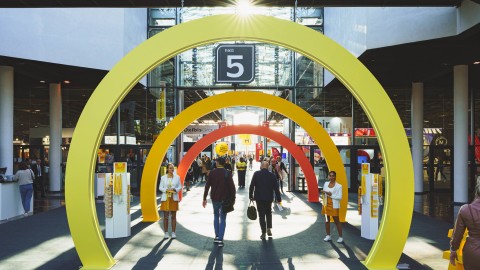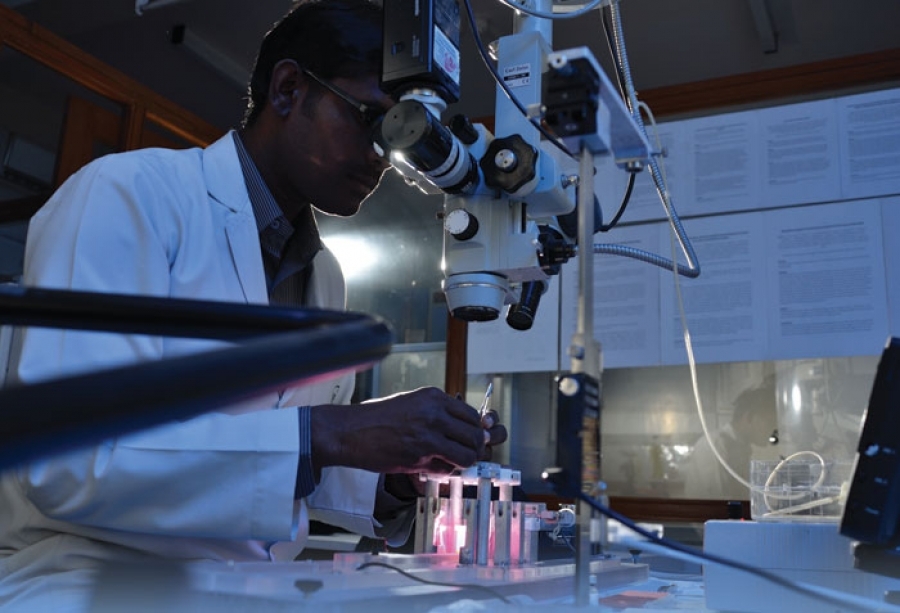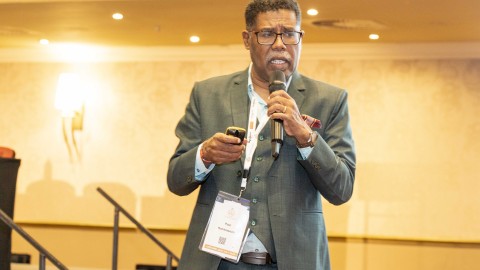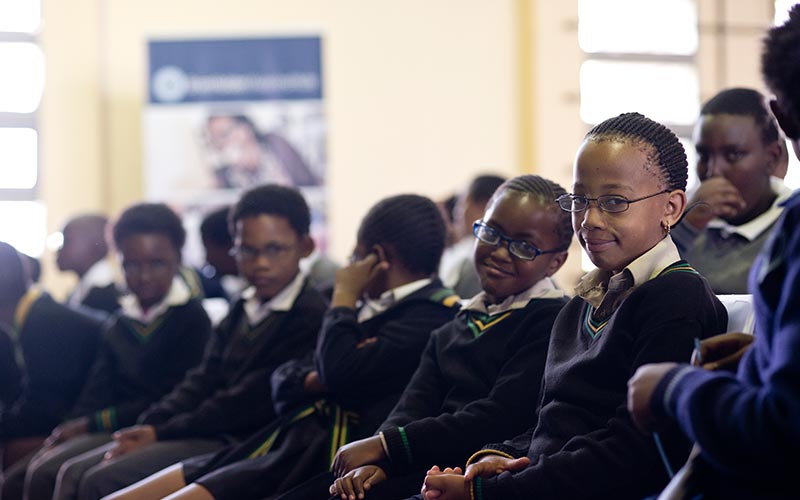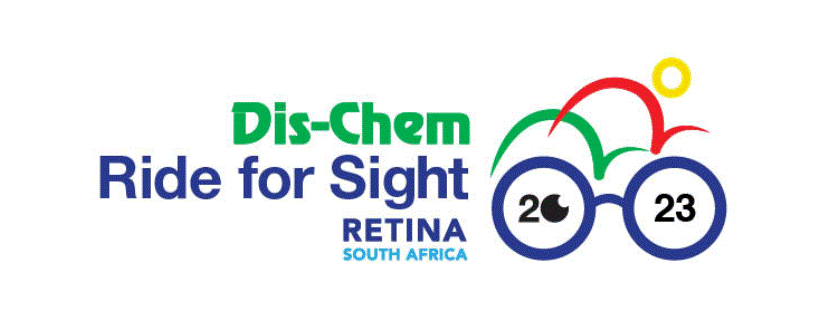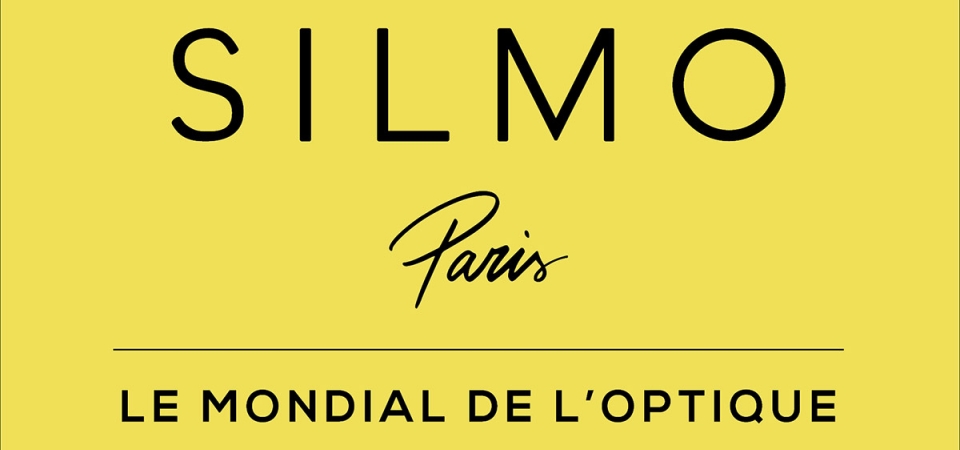A shortcoming of current contact lenses designed to slow the progression of myopia is that they can result in compromised visual performance. This has been associated with compliance issues and limited uptake of these lenses.
Visual performance (both visual acuities and subjective experience) of myopia management contact lenses is especially critical in young children and teenagers due to dynamic visual demands. This includes up-close reading and near work, school and classroom viewing involving intermediate distances, and sports demanding good distance vision.
Researchers at Brien Holden Vision Institute have been developing novel contact lenses to slow the progression of myopia, which incorporate extended depth of focus (EDOF) principles to help enhance visual performance. They recently compared the visual performance of two EDOF prototypes against two commercial contact lenses used to slow the progression of myopia (MiSight and Proclear D Multifocal).1
Lead author on the study, Senior Research Optometrist, Jennifer Sha, says “Contact lenses that provide good visual acuity do not always provide good subjective vision due to factors like ghosting, haloes and other visual disturbances.”
“It is important to assess subjective visual performance with myopia management contact lenses because if the child doesn’t like wearing the lenses, the efficacy of myopia control will likely be affected.”
The study compared clarity of vision, ghosting, vision stability and driving vision (all under day- and night-time conditions), as well as night-time haloes, ocular comfort, and overall vision satisfaction.
“What we found was that while the commercial lenses provided good high- and low-contrast visual acuity at all distances, the EDOF prototypes proved superior in the majority of subjective variables tested,” she adds.
The authors suggest that factors such as haloes and ghosting, which may not necessarily affect the ability to resolve letters in visual acuity tests, may have compromised quality of vision with the commercial lenses. These two variables showed the greatest differences between the prototype and commercial lenses.
The authors say the results support past studies which have indicated that “subjective assessments are more sensitive than objective assessments in determining success and patient satisfaction with multifocal CLs.”1
“Overall, the prototype lenses have demonstrated they can maintain good visual acuity and favourable subjective acceptance, while acting to slow the progression of myopia,” says Ms Sha.
There were some limitations to the study, she says. “The participants were aged 18-35 years as they were chosen because the study focused on wearability and the tasks involved may have been difficult for a young child to comprehend and respond accurately to. Conducting the same study with myopic children would be useful to confirm these results.”
The paper ‘Visual performance of myopia control soft contact lenses in non-presbyopic myopes’ is published in the open access journal Clinical Optometry. To view the paper click here.
References
1. Sha J, Tilia D, Diec J, Fedtke C, Yeotikar N, Jong M, Thomas V, Bakaraju RC. Visual performance of myopia control soft contact lenses in non-presbyopic myopes. Clinical Optometry 2018:10 75–86.

